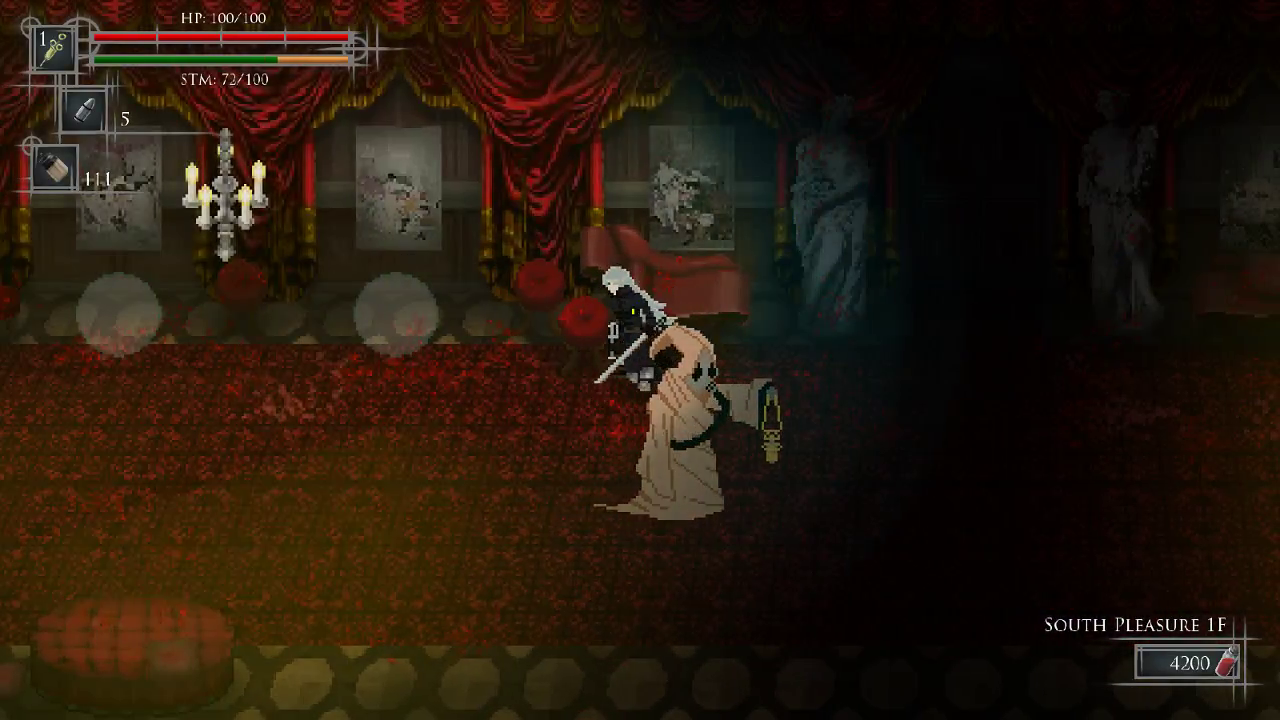
Notably, Zendle critically analyzed the relationship between violent content in video games and aggressive behaviors. However, new emerging research challenges this body of work. The vast majority of research has focused on the negative impact of video games, describing their potential to lead to aggression, addiction, and depression. Given the popularity of video games among young people, researchers have been studying the role that this technology plays in promoting prosocial and antisocial behavior among players.

First-person shooters, action, and sport games were the top types of video games played however, most youth did not limit themselves to just one game genre. In addition to console games (Xbox, PlayStation, or Wii), youth reported playing games on their desktop or laptop computers. Contrary to a popular belief that views video game playing as a solitary activity, most youth (76%) played video games with others in person or on the Web, and only 24% played alone.

In a US national survey, 1102 teens aged 12 to 17 years described video gaming as a daily activity. More than 1.8 billion people play video games worldwide. Future research is needed to investigate the impact that such messages have on players and to explore the role that video games can play in fostering alternative messages to reduce the stigma associated with mental illness. Furthermore, we reflect on the ability of serious video games to promote alternative messages about mental illness and clinical practices. We discuss the key findings in relation to current evidence on the impact of media portrayals of mental illness and stigma. Unfortunately, little or no hope for recovery was present in the identified video games, where mental illness was often presented as an ongoing struggle and an endless battle with the mind and oneself.Ĭonclusions: The game elements of the identified commercial video games included mental illness, about which many perpetuated well-known stereotypes and prejudices. Mental illness was associated with mystery, the unpredictable, and as an obscure illness its treatment was also associated with uncertainties, as game characters with mental illness had to undergo experimental treatment to get better. Furthermore, some games portrayed mental illness as manifestations or consequences of supernatural phenomena or paranormal experiences. The majority of the games we reviewed (97%, 97/100) portrayed mental illness in negative, misleading, and problematic ways (associating it with violence, fear, insanity, hopelessness, etc). Results: We used a game elements framework (characters, game environment/atmosphere, goals, etc) to describe and unpack messages about mental health and illness in video games. At the end of the screening phase, a total of 100 games were retained. A total of 789 games were identified and reviewed to assess whether their game content was related to mental illness. Methods: We performed keyword searches on games made available between January 2016 and June 2017 on Steam (a popular personal computer gaming platform). Objective: The aim of this review was to identify how mental illness, especially psychosis, is portrayed in commercial video games. Studies have also begun to explore players’ experience of gameplay and video game messages about violence, sexism, and racism however, little is known about the impact of commercial video games in the sharing and shaping of knowledge, and messages about mental illness. Researchers are, thus, concerned with the impact of video gaming on youth (eg, for promoting prosocial or antisocial behavior). Prevention and Early Intervention Program for Psychosisĭouglas Mental Health University InstituteĮmail: Video game playing is a daily activity for many youths that replaces other media forms (eg, television) it serves as an important source of knowledge and can potentially impact their attitudes and behaviors. JMIR Perioperative Medicine 38 articles.JMIR Biomedical Engineering 42 articles.Journal of Participatory Medicine 57 articles.JMIR Rehabilitation and Assistive Technologies 114 articles.




 0 kommentar(er)
0 kommentar(er)
